Pilonidal sinuses result from skin and subcutaneous tissue infections, typically occurring at or near the upper part of the natal (gluteal) cleft of the buttocks. As such it is often also termed an intergluteal pilonidal sinus, colloquially known as jeep bottom. While it can also occur at other sites (see location section), this article is focused on intergluteal pilonidal sinuses.
On this page:
Epidemiology
While pilonidal sinuses can potentially occur at any age, they are much less common in children and older individuals (i.e. those older than 45 years old). The peak age of presentation is patients in their twenties. They are up to four times as common in males 9.
Risk factors
The risk factors for developing pilonidal sinuses include 9:
male sex (3-4x)
sedentary occupations and lifestyle
hirsutism
suboptimal personal hygiene
deep natal cleft
occupational: regular contact with fragmented hair shafts, e.g. barbers, animal grooming
Pathology
Pilonidal sinuses are characterized by natal cleft suppuration and are thought to initially result from a hair follicle infection. This can then lead to the subsequent formation of a subcutaneous abscess from a persistent folliculitis. Hair can then enter the abscess cavity and provoke a foreign body tissue reaction.
Location
While a pilonidal sinus classically occurs in the intergluteal region, it can rarely occur at other sites which include:
between digits 4,5
umbilical region 7
breast, usually intermammary cleft 9
face and neck 10,11,14
Radiographic features
Fluoroscopy
Contrast is injected into the cutaneous opening to delineate the extent of the sinus and its morphology. It may also identify if there are any fistulous tracts rather than merely a sinus.
Ultrasound
An ultrasound may show sinus anatomy to a reasonable degree in superficial cases.
MRI
MRI permits visualization of tract anatomy and is also useful in the assessment of associated inflammation.
History and etymology
Pilonidal sinuses are thought to have been initially described by Herbert Mayo in 1833 2.
Differential diagnosis
An intergluteal pilonidal sinus can be clinically difficult to differentiate from a fistula-in-ano, although on imaging it is usually straightforward to distinguish between them.


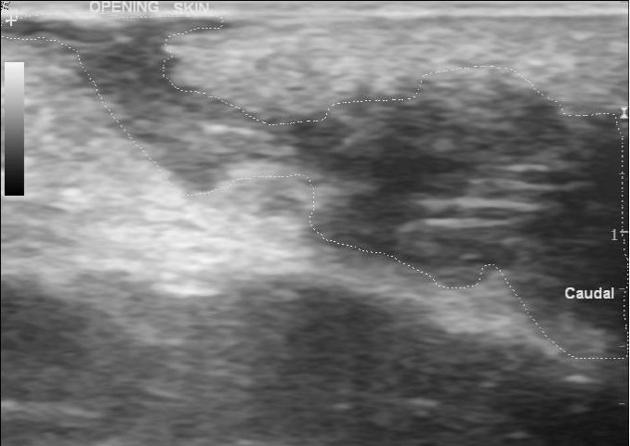
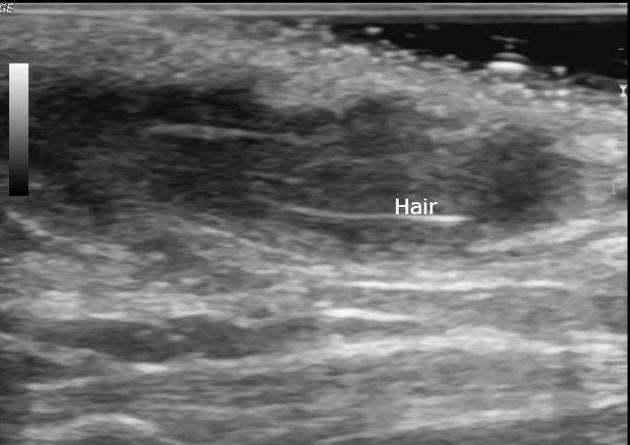
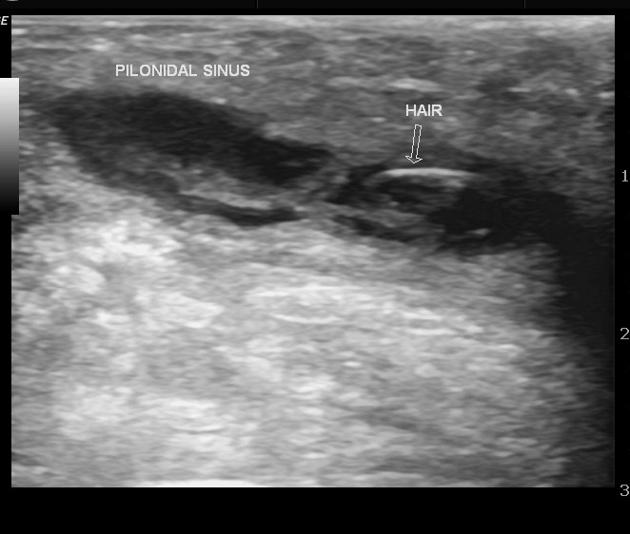
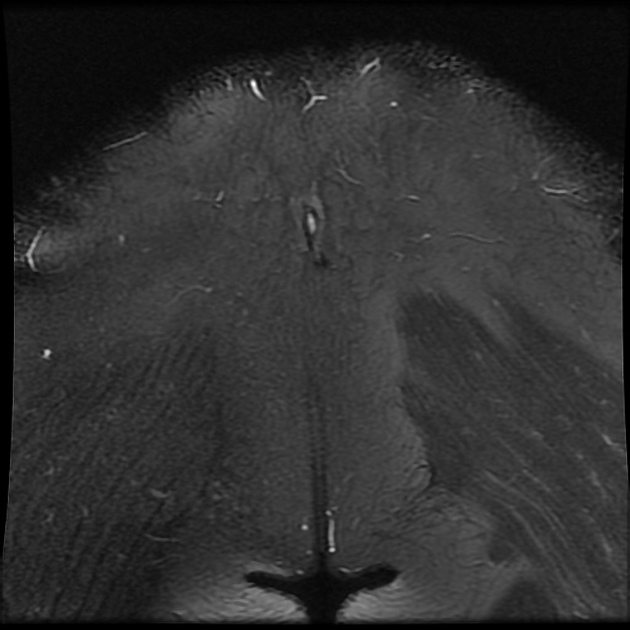
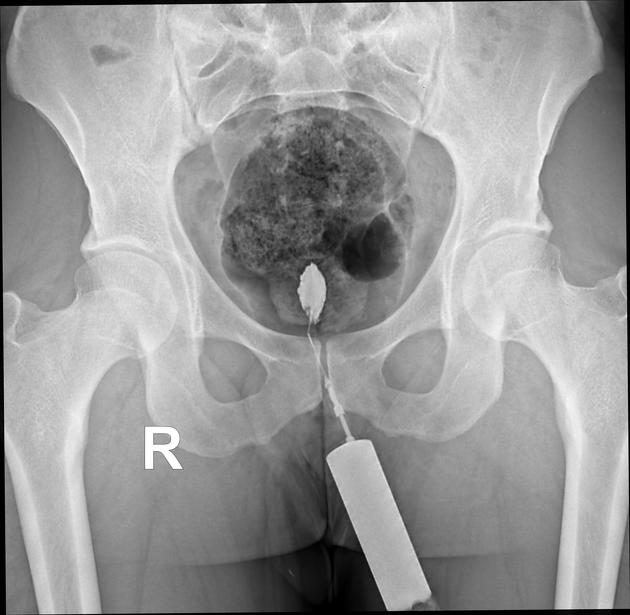
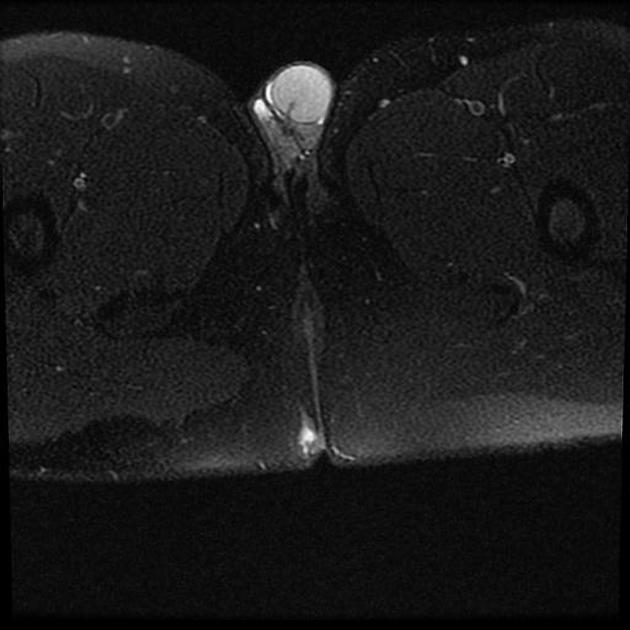
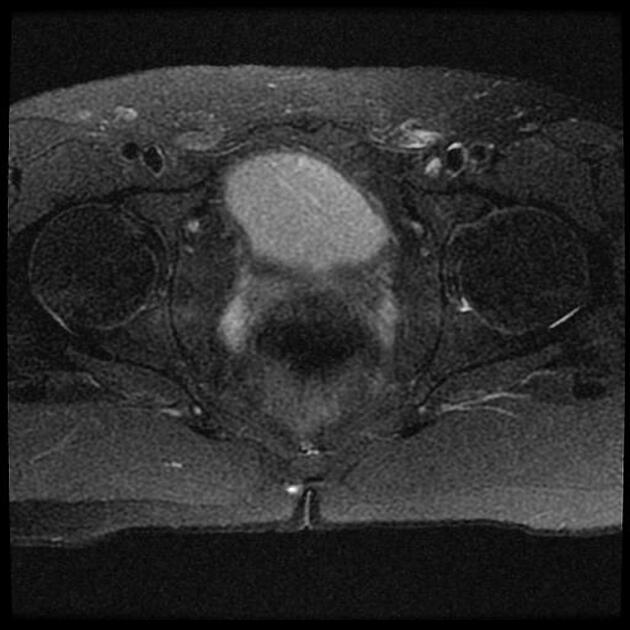
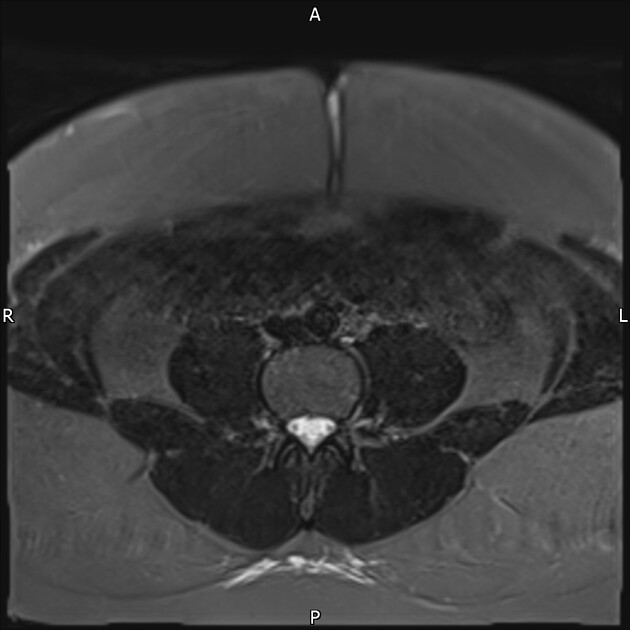
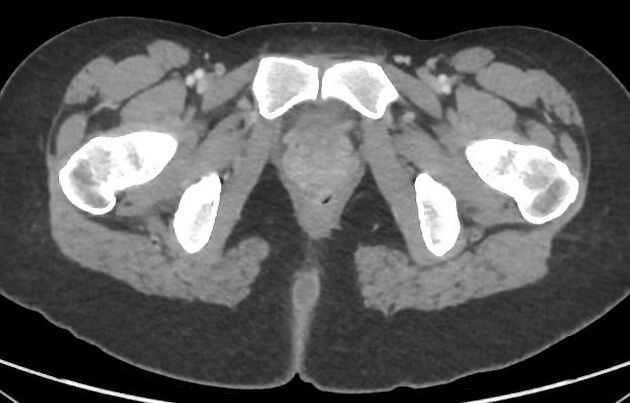


 Unable to process the form. Check for errors and try again.
Unable to process the form. Check for errors and try again.